The advent of artificial intelligence has ushered in a new era of innovation and efficiency, transforming how we work, live, and create. From automating mundane tasks in the office to generating artistic masterpieces, AI’s potential is both vast and compelling. However, as with any powerful technology, its integration into business and everyday life comes with a unique set of challenges and ethical considerations. To truly harness the power of AI, we must approach it with a dual mindset: one that embraces its creative possibilities while simultaneously establishing a framework for safe and responsible use. This essay will explore tips for navigating this new landscape, focusing on how to use AI both safely and creatively to unlock its full potential.
One of the most critical aspects of safe AI use is the principle of data privacy and security. AI systems, particularly large language models, are trained on massive datasets, and the information we provide can be used to further refine these models. In a business context, this means exercising extreme caution when inputting sensitive information, such as financial data, proprietary business strategies, or employee records. A company should establish a clear “AI Code of Conduct” that outlines what kind of data can and cannot be used with public AI tools. For personal use, the same rule applies: avoid sharing sensitive personal details like full names, addresses, or financial information. Users should be mindful of privacy settings and understand how a platform handles their data. By limiting the amount of personal information that is publicly accessible, both individuals and businesses can significantly mitigate the risk of data breaches and misuse. The mantra “don’t overshare” is a simple but powerful guideline for safe AI interaction.
Beyond data security, another cornerstone of safe AI is the human-in-the-loop approach. While AI is a powerful tool for generating ideas, analyzing data, or drafting content, it is not a substitute for human judgment and oversight. In business, this means that any AI-generated output, from marketing copy to financial projections, must undergo human review before it is implemented. This ensures the final product aligns with company standards, objectives, and, most importantly, ethical considerations. It also minimizes the risk of spreading misinformation or biased content, which can be a significant pitfall of unregulated AI use. In everyday life, this principle is equally important. Whether a student is using AI for schoolwork or a writer is using it for a creative project, the human user must be the final arbiter of truth and quality. AI can be a brilliant assistant, but it is not infallible; it can hallucinate facts, perpetuate biases, or simply produce uninspired content. Critical thinking and fact-checking are essential skills that AI users must cultivate.
While safety is paramount, we must not let it stifle creativity. AI’s true power lies in its ability to be a catalyst for innovation and a partner in the creative process. Instead of viewing AI as a replacement for human creativity, we should see it as a powerful co-pilot. For businesses, this can translate into a wide range of applications. For example, AI can be used to brainstorm dozens of ideas for a new marketing campaign in seconds, providing a jumping-off point that would take hours for a human team to generate. It can analyze market research data to uncover insights that are beyond human capacity, helping companies make more informed and strategic decisions. Generative AI can be used to create custom art, logos, or product designs, allowing small businesses to access professional-level creative assets without a large budget. The key is to use AI as a tool to augment and accelerate, not to replace, human ingenuity.
In our personal lives, AI can be a creative partner in countless ways. For writers, it can help structure a story, generate narrative dialogue, or explore different writing styles. For musicians, it can compose original melodies or suggest new arrangements. For artists, it can generate unique visual concepts or edit photos like a professional. The most creative uses of AI often involve a “back-and-forth” conversation where the human user provides the initial prompt and then refines the AI’s output through a series of iterative commands. This process allows the user to explore new avenues of thought and push the boundaries of their own creativity. It’s about leveraging AI as a brainstorming assistant, a style explorer, and a productivity enhancer.
Ultimately, harnessing AI safely and creatively is a balancing act. It requires a commitment to ethical principles, such as transparency, accountability, and fairness, while also embracing the technology’s transformative potential. For businesses, this means establishing clear policies, providing employee training on responsible AI use, and maintaining robust human oversight. For individuals, it means cultivating a healthy skepticism, being mindful of personal data, and using AI as a tool to expand, not limit, one’s own capabilities. As AI continues to evolve and become more integrated into the fabric of our society, those who learn to navigate this dual challenge will be the ones who truly thrive, building a future where technology serves humanity in the most responsible and imaginative ways possible.
